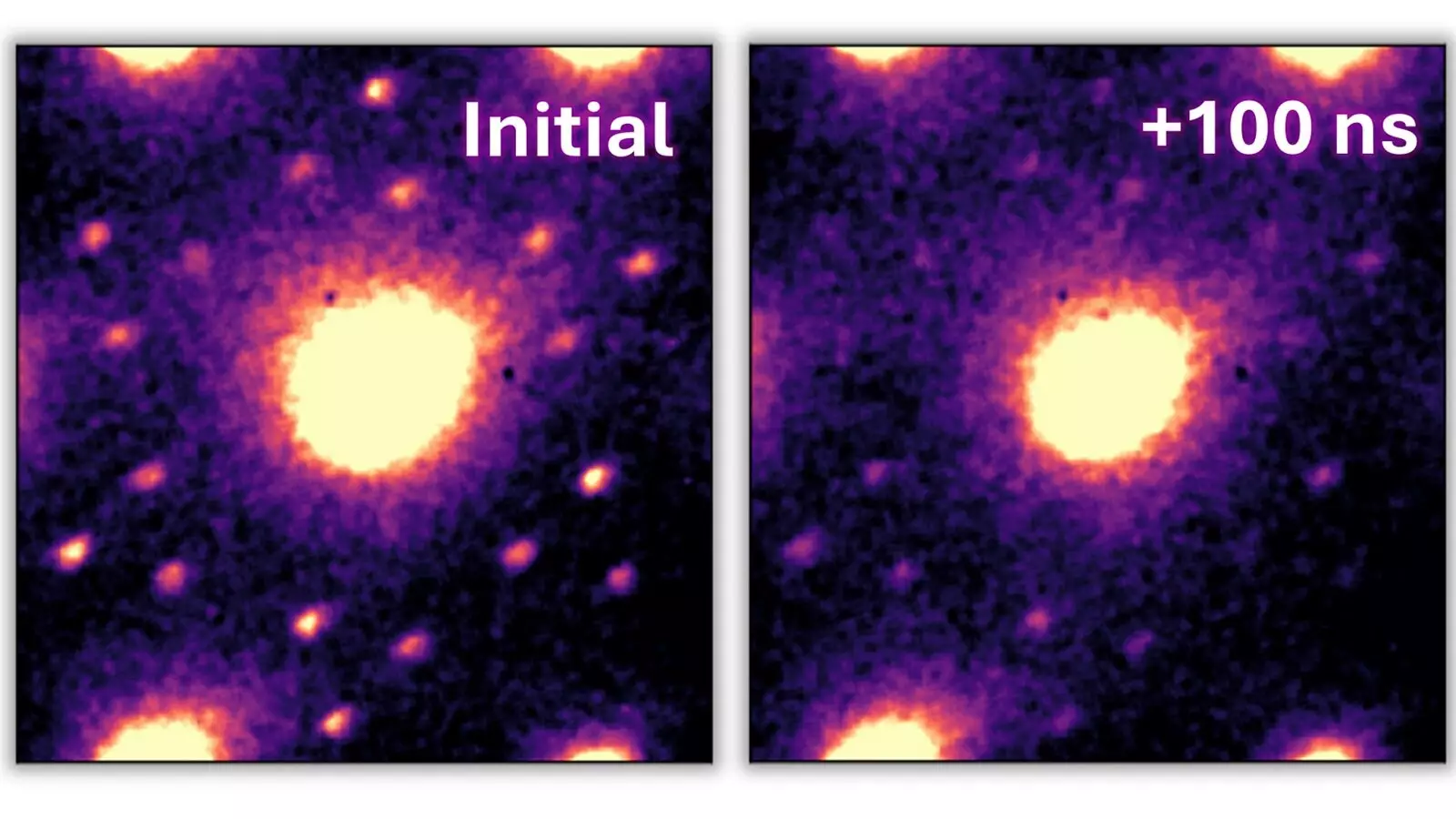As we stand on the precipice of an energy crisis, our voracious appetite for computational power has brought supercomputing into the spotlight, but not without raising alarms. Current supercomputers are energy behemoths, drawing power equivalent to entire cities. This gargantuan consumption underscores the urgent need for innovation in computational efficiency. In response, scientists are turning to the remarkable capabilities of artificial neural networks (ANNs) to mimic human brain functions and drastically reduce energy requirements. These next-generation supercomputers may serve as the catalyst for sustainable advancement, ensuring we can push the boundaries of technology without compromising the environment.
Understanding Charge Density Waves: A Step Toward Brain-like Computing
Central to this ambitious shift are charge density waves, a phenomenon eloquently embodied in certain materials. Essentially, these waves represent a synchronized movement of electrons—akin to a choreographed dance of negatively charged particles. The key to their promise lies in their potential to alter resistance in materials rapidly. Imagine the ability to toggle resistance akin to hitting a switch; this could enable revolutionary advancements in energy-efficient computing and ultra-precise sensing mechanisms. Yet, the science behind these waves is still enigmatic, particularly the mechanics of their rapid switching—occurring within a billionth of a second.
Researchers at the DOE’s Argonne National Laboratory have ascended to this challenge, harnessing an ultrafast electron microscope to decode the secrets of these elusive charge density waves. This advanced microscopy technique enables scientists to visualize nanosecond dynamics in materials possessing the fascinating ability to form charge density waves at ambient temperatures.
Pioneering Techniques: The Case of 1T-TaS2
At the core of their investigation lies a tantalum sulfide known as 1T-TaS2. This extraordinary material is a prime candidate for revolutionizing microelectronics due to its fascinating properties and ability to be designed into nanoscale forms. The research team employed innovative microscopy techniques, where strategically positioned electrodes generate electrical pulses in tantalum sulfide flakes. Contrary to prior theories, the results revealed a remarkable discovery: rather than the anticipated current directly facilitating resistance switching, it was the heat from the current that induced a “melting” of charge density waves.
Moreover, the ultrafast electron microscope unveiled an astonishing phenomenon where electrical pulses instigated vibrations across the material’s surface akin to drum beats, altering the arrangement of these waves. According to Daniel Durham, a postdoctoral researcher at Argonne, these discoveries provide insight into how electricity can modulate charge density waves, mirroring neuron activation in the human brain. Such mimicry signals a monumental step towards creating brain-like computational systems capable of processing information in an entirely new way.
Implications for Future Technologies
The findings have far-reaching implications. The ability to manipulate charge density waves at such a granular level could herald a new era of microelectronic devices that are not only smaller and faster but also incredibly energy-efficient. As Charudatta Phatak, a prominent materials scientist at Argonne, aptly notes, comprehending the mechanics of these waves could facilitate the manipulation of similar properties in other materials, amplifying the scope of their applications.
This exploration into charge density waves represents more than just an academic endeavor; it’s a portal into a future where computing transcends traditional paradigms. We are teetering on encountering a paradigm shift, wherein machines could process information analogous to human thought, initiating a new trajectory in artificial intelligence and machine learning.
The Future is Now: Bridging Science and Sustainability
As the discourse surrounding sustainability grows increasingly imperative, the mission to unlock more efficient computing technologies becomes all the more urgent. The work being conducted at Argonne, particularly through the lens of charge density waves and novel microscopy techniques, could very well provide the tools needed for this transformation. By aligning scientific discovery with sustainable practices, we can ensure that future advancements in computing do not come at the expense of our planet or our resources.
The convergence of energy-efficient computing and brain-inspired architectures promises to reshape our technological landscape. By continuing to delve into the science of materials like 1T-TaS2, we approach a future where computational power is not synonymous with exorbitant energy consumption and ecological cost, but rather a testament to human ingenuity and responsibility.


Leave a Reply